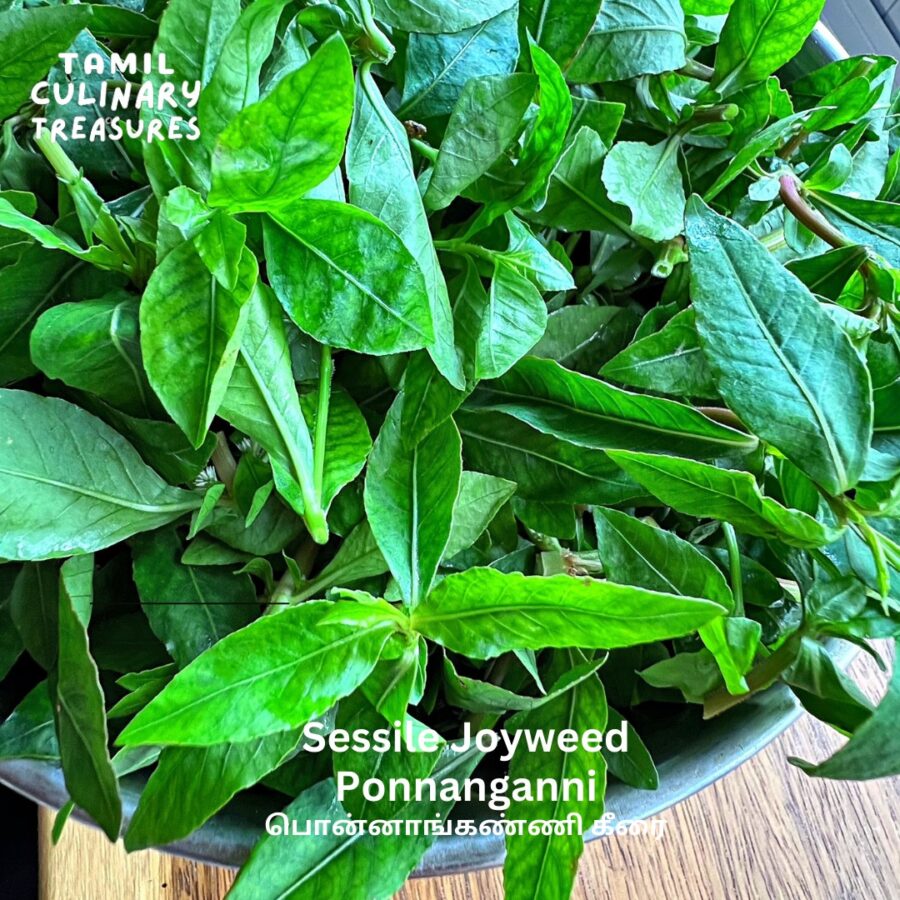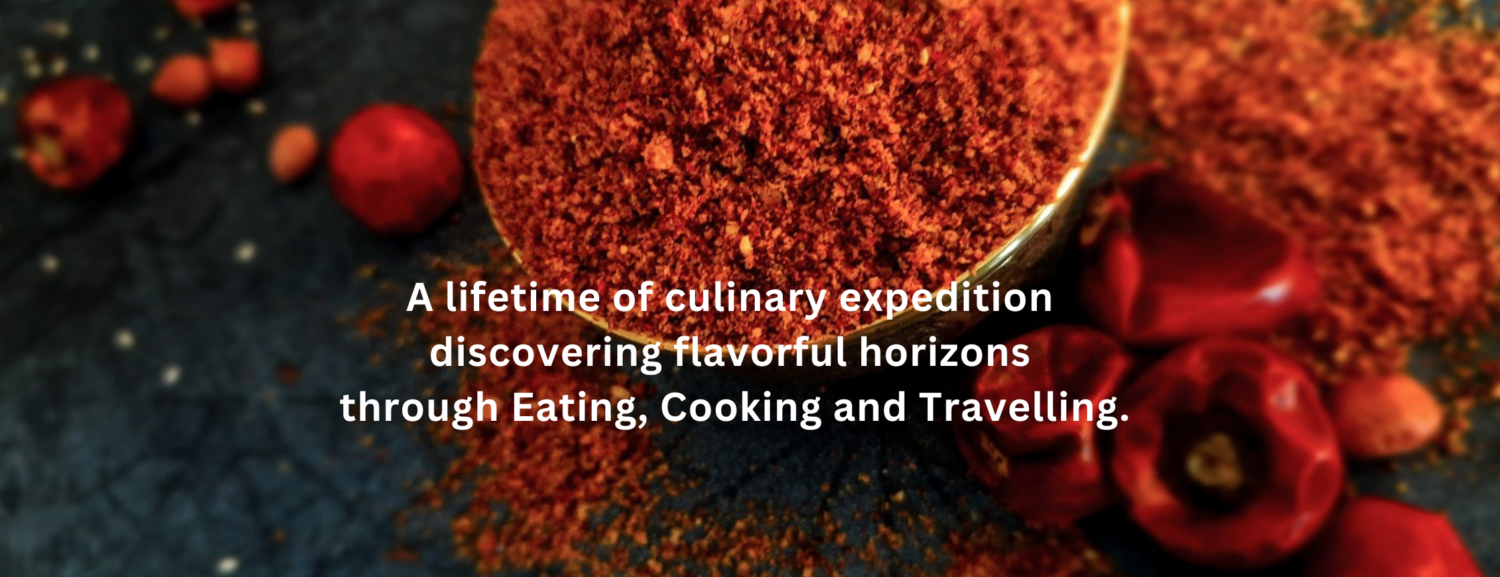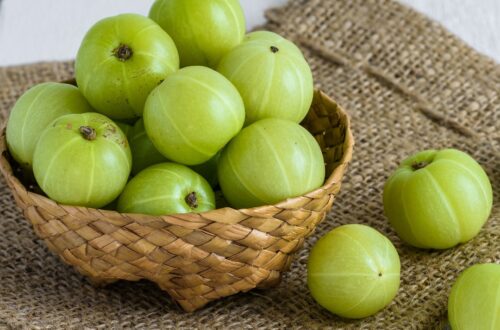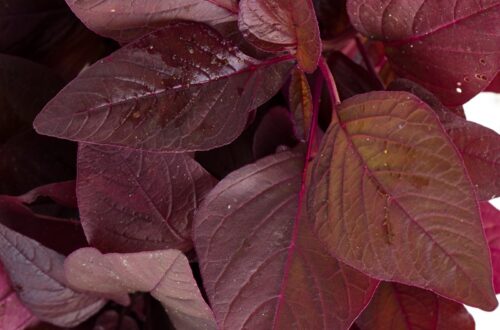
Sunny, Sprightly, Sessile Superstar!
𝐒𝐞𝐬𝐬𝐢𝐥𝐞 𝐉𝐨𝐲𝐰𝐞𝐞𝐝, commonly known as 𝐏𝐨𝐧𝐧𝐚𝐧𝐠𝐚𝐧𝐧𝐢 (பொன்னாங்கண்ணி கீரை) in Tamil and Katuwela in Sri Lanka, is a leafy green vegetable with a rich culinary and cultural history. This is found in various countries, including India, Sri Lanka, and South East Asia.
As a child, I used to accompany my aunty to some school fields in the neighbourhood and forage for this leafy vegetable usually after a heavy rain. I was told that it would be easier to pull it off the wet ground. Recognizable by its bright green leaves, tender stems, and small prickly white flowers, Ponnanganni is prized for its nutritional value. Harvesting involves plucking the young leaves and soft stems, usually before flowering, to ensure optimal tenderness.
After foraging, the leaves are carefully cleaned to remove any dirt or debris. Ponnanganni is a versatile ingredient and is commonly used in stir-fries or added to dals (lentil dishes) to enhance flavour and nutrition. The taste can be described as mildly tangy, earthy, and slightly bitter, complementing a variety of dishes. If I am making a stir-fried dish out of it, I usually add pounded and soaked dried prawns, Maldive fish chips or grated coconut. The Sri Lankans make a sambol out of it by chopping the leaves very finely and incorporating grated coconut, finely sliced onions and green chillies, lime juice, and salt. It results in a flavourful and zesty accompaniment to rice and other dishes.
Ponnanganni leaves are renowned for their rich source of vitamins, minerals, and antioxidants. It is well known for their cooling properties and medicinal values too






